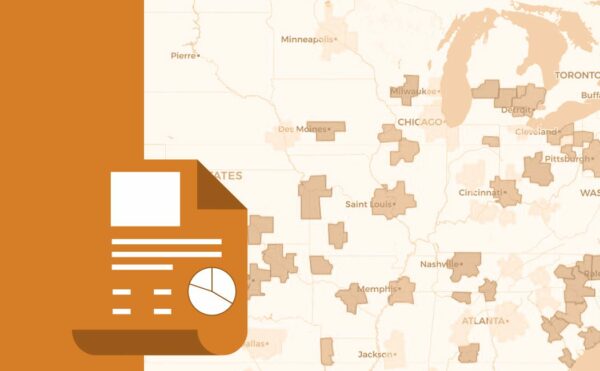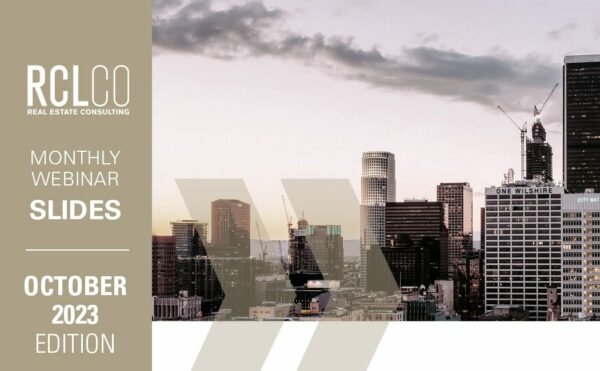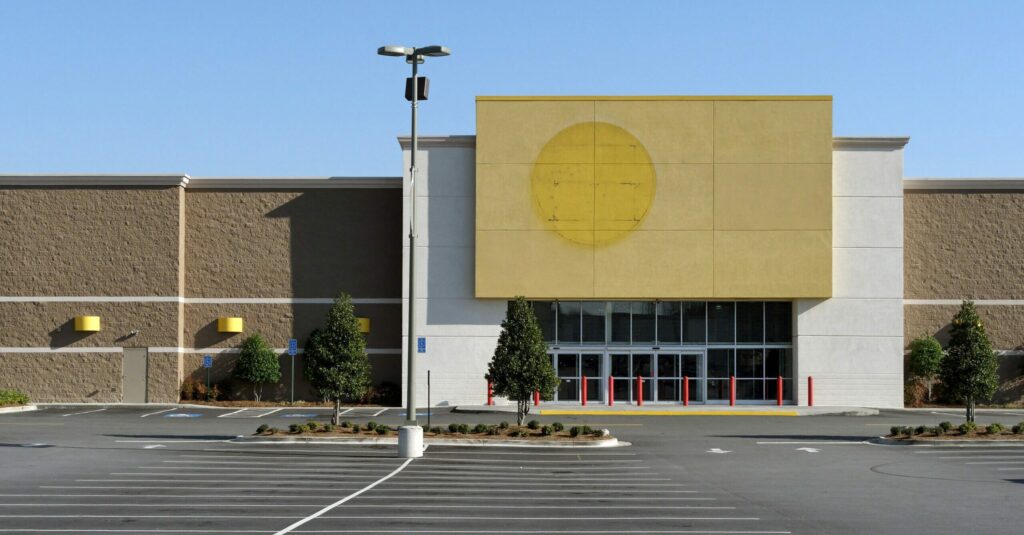
May 18, 2023
By Derek Wyatt, Managing Director, RCLCO; Nicholas Stefanoni, Senior Associate, RCLCO
Much has been made of office-to-residential conversions in recent headlines (see last month’s RCLCO publication regarding Office to Residential: 6 Myths and Facts Regarding Market Dynamics of Conversions), and rightfully so as remote and hybrid working arrangements have prevailed longer than expected.
The changing nature of where and how people spend their days is not just impacting office properties, but also having a profound effect on retail. While these changing lifestyle preferences have exacerbated market value declines in office, we also see retail having a smaller focus among institutional investors as many of these assets face headwinds, a trend that started even before the pandemic. At the end of 2022, retail asset values as a percent of total NCREIF’s Property Index (NPI) was 13.8%, down from 23.2% at the beginning of 2018.
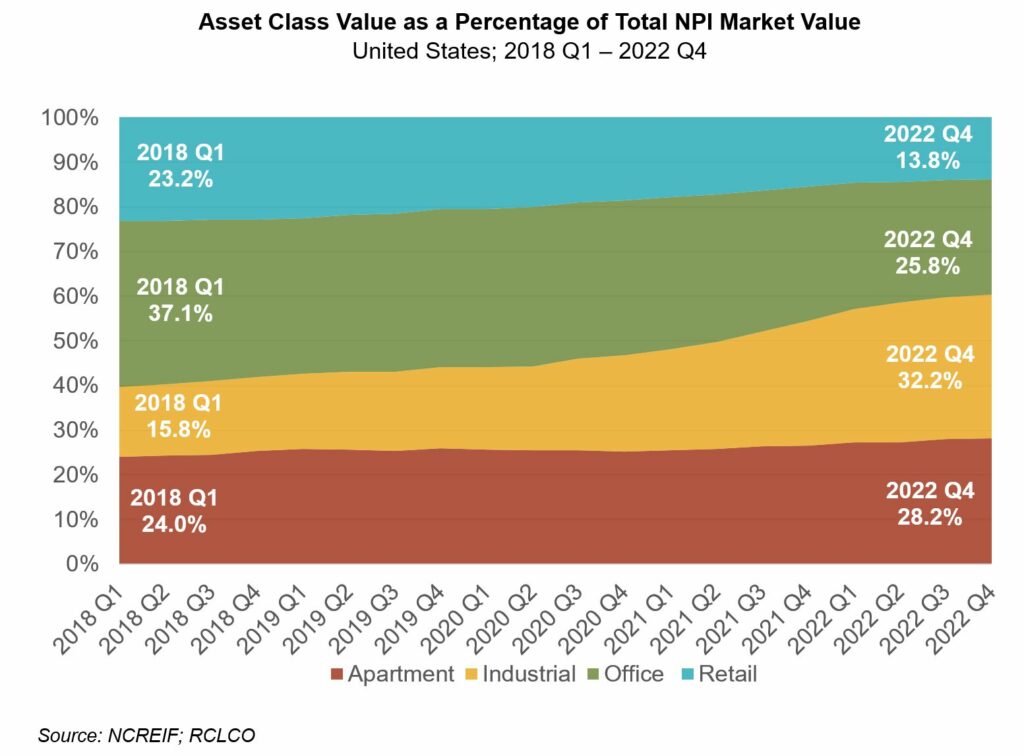
While the distress in the office market has compelled owners and developers to evaluate alternative uses for their buildings, most notably via a conversion to residential, it is important to recognize that the optimization of assets by way of a conversion is not isolated to office buildings.
Although garnering less attention than office, retail conversions are just as prominent and arguably present a more dynamic conversion opportunity, one that many owners and developers considered prior to the COVID-19 pandemic. And unlike office, retail conversions provide a greater range of opportunities. While we are still waiting for the office market to play out, there are already opportunities in the retail sector brought about by isolated instances of turmoil among key retailers, such as Bed Bath & Beyond.
RCLCO has highlighted eight types of retail conversions across the United States worth considering.
Converting Retail to…
1. Experiential Uses
Stamford Town Center | Stamford, CT
As retail spending patterns continue to shift from goods and services to experiences, developers have responded by introducing new activities and concepts, most notably around the hottest sport in America – Pickleball. Pickleball America is planning the country’s largest indoor venue, as it is taking over an anchor two-story space in the Stamford Town Center mall, formerly home to Saks OFF 5th. The 28-court facility will also have lockers, showers, a lounge, and café. Pickleball America expects more than 500,000 visitors to the site annually.
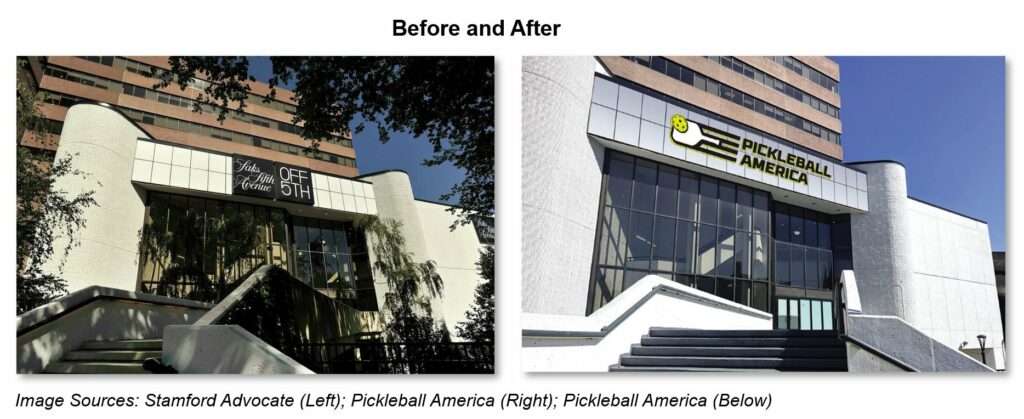
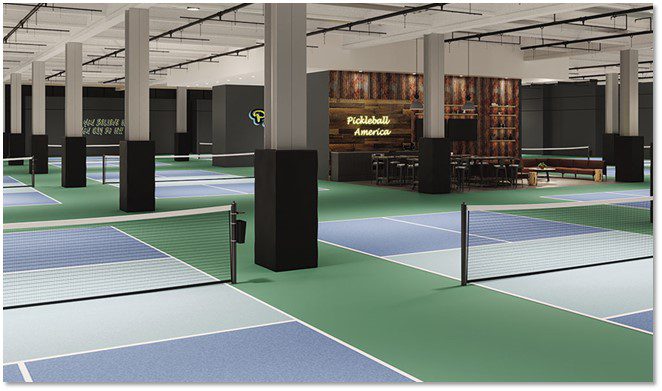
2. Industrial
Fry’s Electronics Store | Sacramento, CA
While interest and activity for office and retail properties have declined in recent years, industrial assets remain heavily favored among institutional investors. With vacancy rates near all-time lows, existing retail presents an opportunity to quickly enter into favorable market conditions without taking on a new ground-up development, particularly in supply-constrained markets. While industrial uses do not require the same level of visibility as self-storage, they can still be converted from vacant big-box stores. In some cases, the original big-box may have enough loading docks to fully satisfy the conversion, adding to the ease at which large retailers can be converted to industrial uses.
LaTerra Development has plans to convert a former Fry’s Electronics Store to an industrial building in the neighborhood of Natomas, just north of Downtown Sacramento. The conversion would result in a 155,000 square foot industrial building. LaTerra Development plans to build a second 110,000 square foot building in the original parking lot.
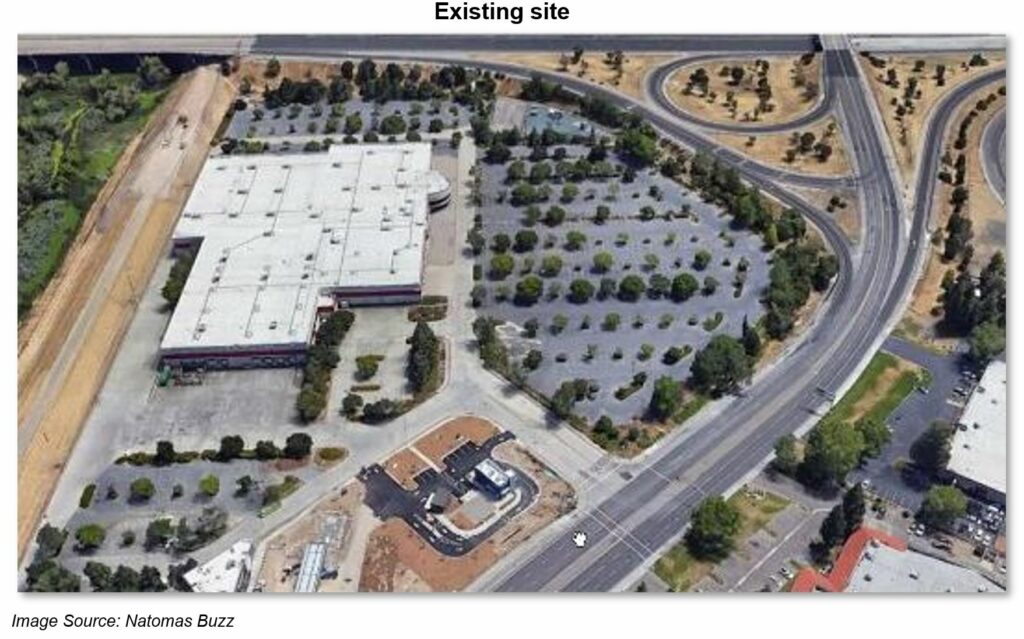
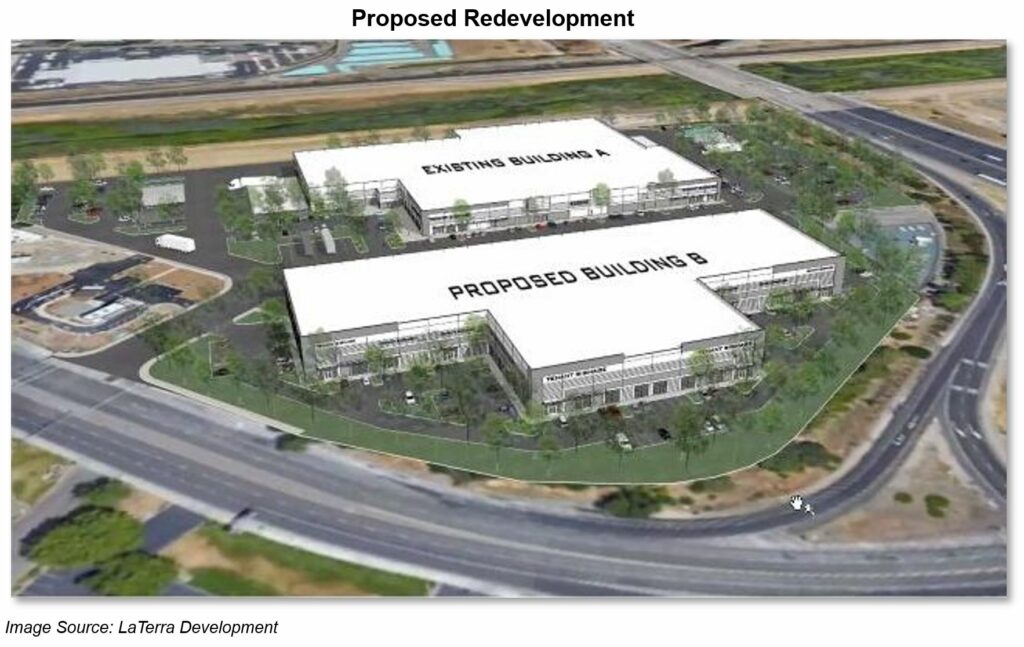
3. Residential
Grand Avenue Mall | Milwaukee, WI
Similar to the trend with office buildings, many retail owners and investors are increasingly interested in taking advantage of the strong demand for housing, either by adding density to existing sites, redeveloping vacant stores into new residential buildings, or even converting former retail spaces to residential units. The Plankinton Clover Apartments are an interesting example of converting former storefronts in a larger mall into contemporary rental units.
Located in Downtown Milwaukee, the Grand Avenue Mall opened in 1982 and featured over 80 tenants. Impacted by the GFC, the mall’s performance declined and was sold a number of times. Ultimately, Hempel Companies bought the struggling mall and introduced new plans to reposition the asset, part of which includes a 52-unit apartment conversion of the original Plankinton Arcade on the mall’s first two floors. The Plankinton Clover Apartments, which opened in 2019, feature a host of amenities including pickleball courts, a dog wellness area, community lounge, and a fitness center. The conversion to contemporary apartments took advantage of the previous tenants’ 12-foot high ceilings, and traditional retail entryways have become “private verandas” in select units. Additionally, residents have access to a newly designed food hall and TJ Maxx and Walgreens in the mall now dubbed, The Avenue.
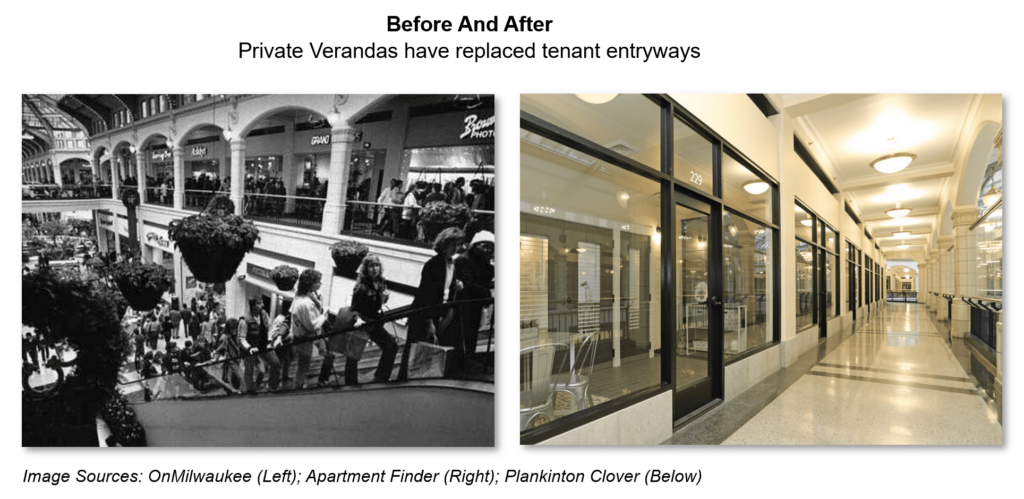
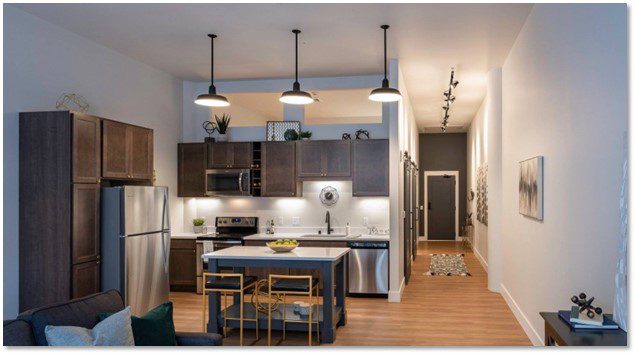
4. Self-Storage
Fry’s Electronics Store | Irving, TX
Big-box stores, like the now defunct Fry’s Electronics Store, are predominantly concentrated on major thoroughfares. The typical highway frontage and large land area lends itself to a self-storage conversion, a product type that benefits greatly from the accessibility and visibility afforded by most big-box stores. In areas with high household growth rates and a limited existing presence of self-storage competition, a conversion to self-storage is an attractive adaptive reuse for developers and owners.
In 2021, LaTerra Development purchased a vacant Fry’s Electronics Store on a 19.5-acre site located along I-635 in Irving, Texas. In 2022, LaTerra gained city approval to convert the Fry’s into a 145,000 square foot self-storage facility. Additionally, LaTerra plans to construct new commercial uses on the site. Proximity to Dallas and Fort Worth coupled with a number of Fortune 500 company headquarters in Irving indicated to LaTerra that there was prime opportunity for conversion.
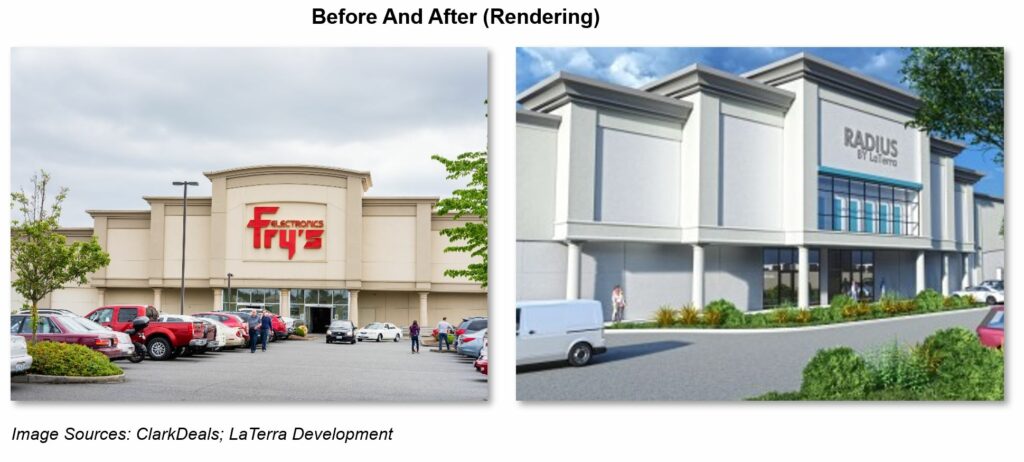
5. Education
Price Chopper and Hobby Lobby | Gladstone, MO
Public entities have taken advantage of vacant big-box retail as well to make space for new public services, notably education spaces. Although schools are not a market-driven use, owners of big-boxes looking to shed assets may consider public entities as potential buyers to ultimately undergo a conversion to education-oriented uses. The cost saving benefit of a conversion is likely to appeal strongly to public entities.
In 2021, North Kansas City Schools converted a 112,000 square foot big-box housing Price Chopper and Hobby Lobby to an Early Education Center for the school district’s early childhood programs, focused primarily on preschoolers. DLR Group, a design firm that worked on the education center, indicated that total costs for the conversion were approximately $175 per square foot, and the overall timing was accelerated given the shell and structure were already in place. Typical ground-up school construction costs in 2020 ranged from $230 per square foot in Nashville to over $550 per square foot in New York, as per Construction Dive. The conversion presented a meaningful cost-saving opportunity.
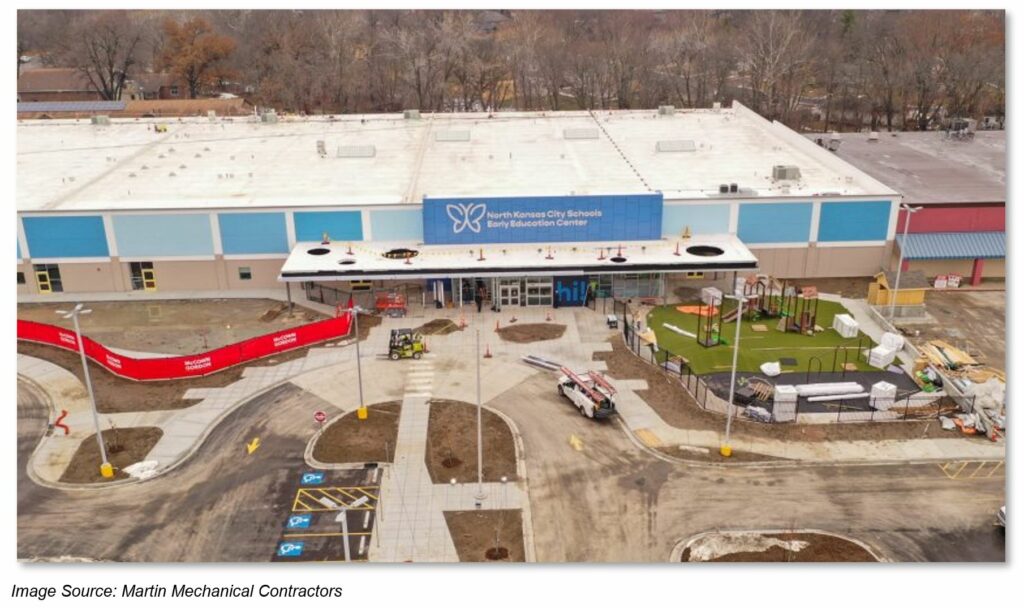
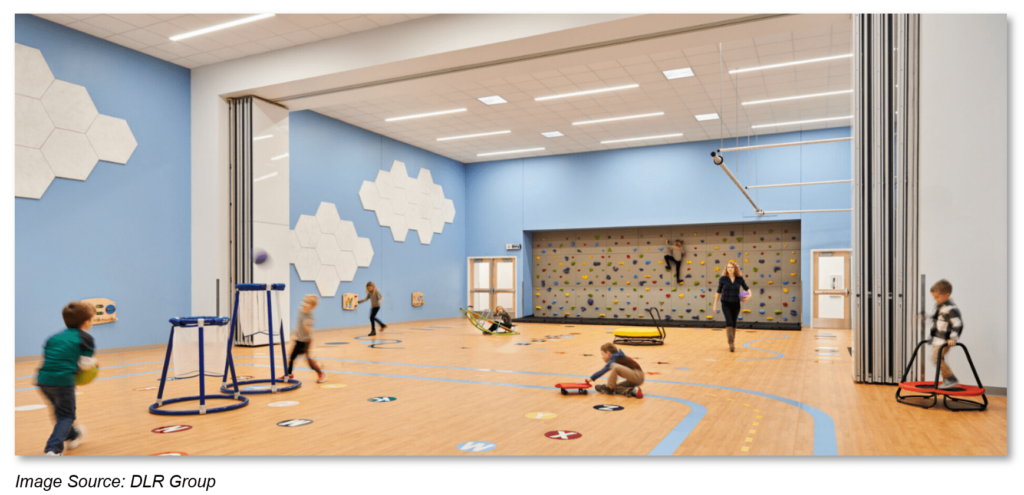
6. Medical Office
Circuit City | Portland, OR
While office uses, broadly, have faced pandemic-induced headwinds, the medical office subset tends to exhibit stronger market fundamentals, as the office space is population driven, rather than dependent on traditional users of office space. As such, in areas with strong household growth coupled with limited surrounding competition, an end user like Kaiser Permanente can capitalize on favorable market fundamentals through an adaptive reuse of existing retail.
Kaiser Permanente converted a 33,300 square foot Circuit City store in Portland, Oregon into a LEED Gold medical office building. The former Circuit City now contains 41 exam rooms, 2 treatment rooms, 1 injection room, 31 offices, an X-Ray room, 2 ultrasound rooms, a blood lab, pharmacy, and additional support spaces.
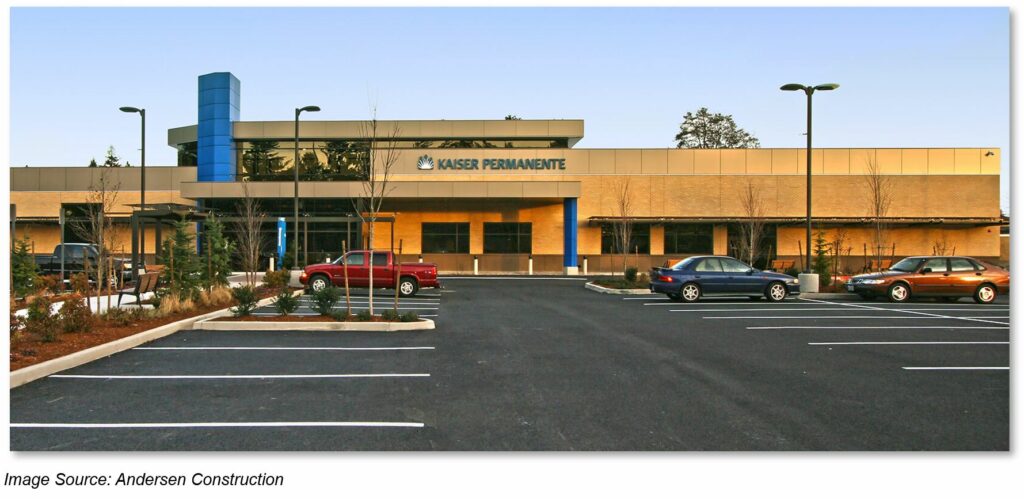
7. Office
Westside Pavilion Mall | Los Angeles, CA
Although retail to office conversions are among the least common retail conversion examples, some were planned prior to the pandemic. Despite headwinds, some of these projects still have signs of life, particularly given the “flight to quality” among top-tier tenants. Malls are particularly well-suited for conversion to office as they offer larger floorplates and higher ceilings than conventional ground-up office development, allowing for attractive building features for office users.
Hudson Pacific Properties is leading a joint venture to redevelop the former Westside Pavilion Mall in Los Angeles, California. The conversion, which will be solely occupied by Google in 2023, features 584,000 square feet of office space and 45,000 square feet of outdoor space across terraces and a rooftop deck. The 150,000 square foot floor plates and high-ceilings at the three-story mall, both of which are features sought out by tenants, were a key driver in making this a compelling conversion.
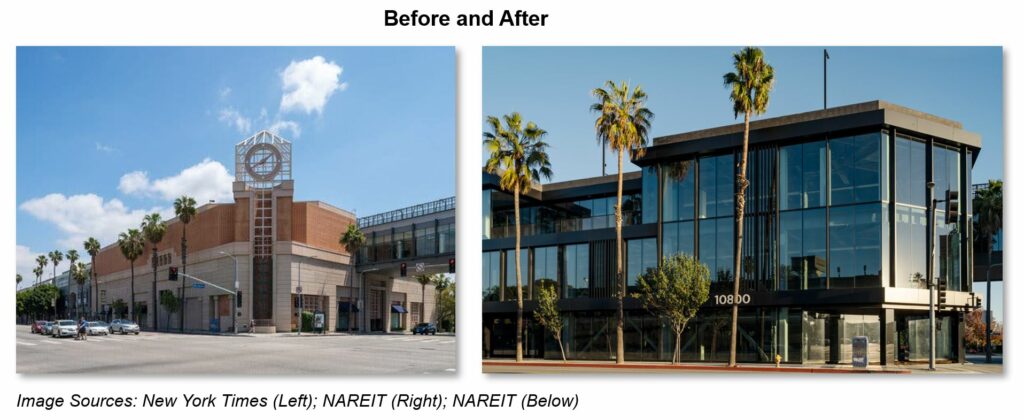
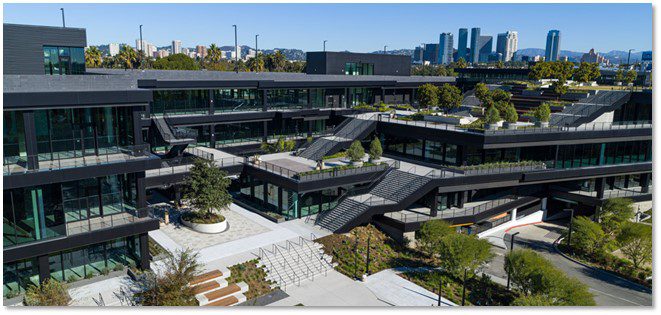
And last but not least, conversions from retail to retail, are popping up across the United States as owners and developers seek to optimize their existing assets.
8. Retail
Sears | Canoga Park, CA
Shifting consumer patterns towards experiential retail provides opportunity for owners and developers to revitalize their assets to enhance placemaking and shopping experience quality. Conversions from traditional retail to retail that incorporates an experiential component, such as a food hall, satisfies this shifting consumer desire and can create a hub for visitors, allowing for a complete revitalization of existing retail space.
At Westfield Topanga, URW is wrapping up the repositioning of the old Sears box to 180,000 square feet of new retail. The new space is anchored by an AMC theatre and Food Hall (Topanga Social), and also features bowling, entertainment, and luxury fashion retailers.
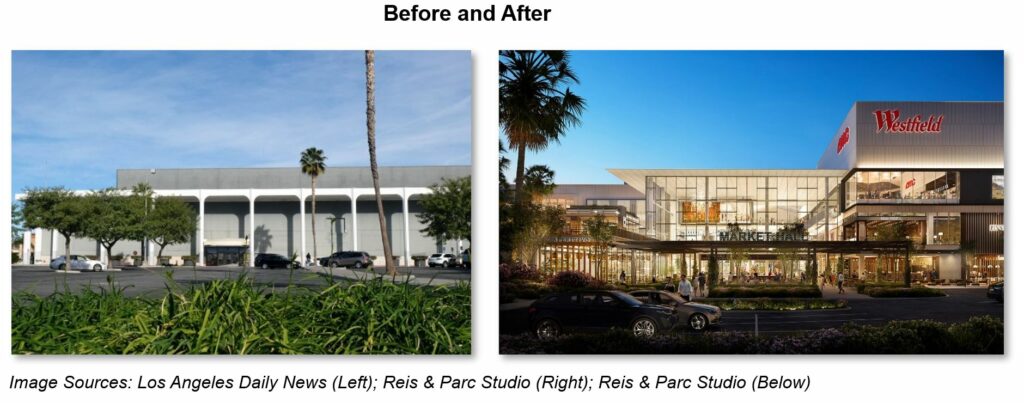
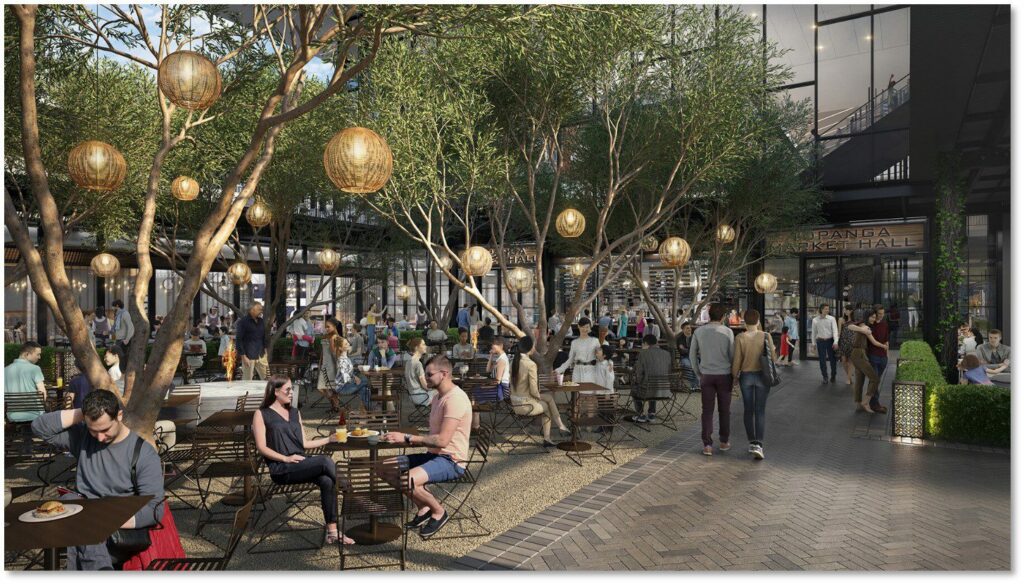
Owners and developers considering retail repositioning and conversation opportunities can reach out to RCLCO to learn more about we can serve as a resource, while also better understanding trends and insights we are seeing in the market in real time.
For more information, contact Joshua Boren, Managing Director, Strategic Initiatives at jboren@rclco.com or (310) 984-1757.

